How to Protect Yourself from Volcanic Ashfall: Choosing the Right Respiratory Protection and Clothing
Volcanic eruptions are natural disasters that can cause serious damage to people and property. One of the most significant dangers of a volcanic eruption is the ashfall that follows. Volcanic ashfall is a mixture of rock, ash, and other particles that can cause respiratory problems, eye irritation, and skin damage.
To protect yourself from the harmful effects of volcanic ashfall, it is essential to choose the right respiratory protection and clothing. In this article, we will guide you through the process of selecting the right equipment to keep you safe during an eruption.
Understanding the Risks of Volcanic Ashfall
Volcanic ashfall can pose significant health risks, especially to those with pre-existing respiratory conditions, such as asthma and chronic obstructive pulmonary disease (COPD). The ash particles are small enough to penetrate deep into the lungs, causing irritation and inflammation. Additionally, volcanic ash can cause skin irritation, eye problems, and damage to crops and livestock.
Choosing the Right Respiratory Protection
When it comes to respiratory protection, there are two main types of masks to consider: N95 respirators and powered air-purifying respirators (PAPRs). N95 respirators are disposable masks that filter out at least 95% of airborne particles, including volcanic ash. PAPRs, on the other hand, use a battery-powered blower to force air through a filter, providing a continuous supply of clean air to the wearer.
Selecting the Appropriate Clothing
Wearing appropriate clothing is also crucial in protecting yourself from volcanic ashfall. Loose-fitting, long-sleeved shirts and pants made of thick, non-porous materials are recommended. Avoid wearing contact lenses and opt for glasses instead to protect your eyes.
By following these guidelines, you can protect yourself from the harmful effects of volcanic ashfall and stay safe during a volcanic eruption.
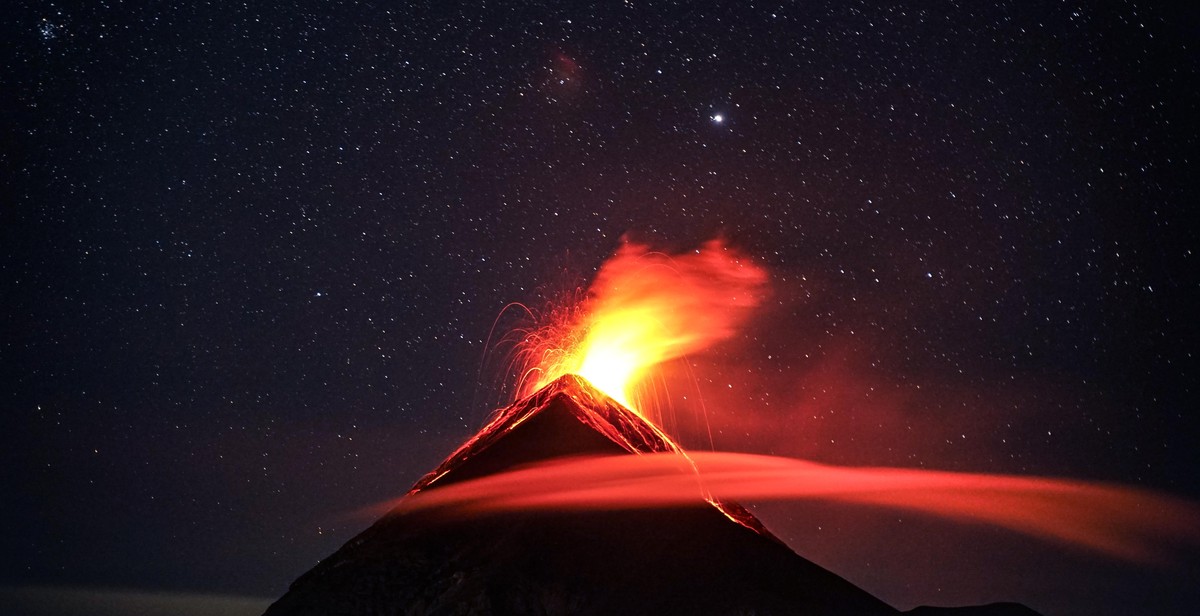
Understanding Volcanic Ashfall
Volcanic ashfall is the result of a volcanic eruption that ejects ash and other materials into the air. The ash can travel long distances and cover large areas, causing significant damage to the environment and posing a serious threat to human health.
How does volcanic ashfall affect health?
Volcanic ashfall can cause a wide range of health problems, including respiratory issues, eye irritation, and skin irritation. The fine particles in the ash can be inhaled deep into the lungs and cause irritation, inflammation, and even serious lung damage. People with pre-existing respiratory conditions, such as asthma, are particularly vulnerable to the effects of volcanic ashfall.
What are the different types of volcanic ashfall?
There are two main types of volcanic ashfall: primary and reworked. Primary ashfall is the initial ash and other volcanic materials that are ejected during an eruption. This type of ashfall is usually the most dangerous, as it contains large, sharp particles that can cause serious injury or death. Reworked ashfall is the ash that has settled on the ground and is then picked up by wind or other weather events and redistributed. This type of ashfall is usually less dangerous, but can still cause health problems and damage to the environment.
In addition to these two types, volcanic ashfall can also be classified based on its size and composition. Fine ash, which is less than 2 mm in diameter, can travel long distances and cause the most health problems. Coarse ash, which is larger than 2 mm in diameter, is usually more localized and causes less damage to health.
| Type | Description |
|---|---|
| Primary | Initial ash and other volcanic materials ejected during an eruption |
| Reworked | Ash that has settled on the ground and is then redistributed by wind or other weather events |
| Fine | Ash less than 2 mm in diameter, can travel long distances and cause health problems |
| Coarse | Ash larger than 2 mm in diameter, usually more localized and causes less damage to health |
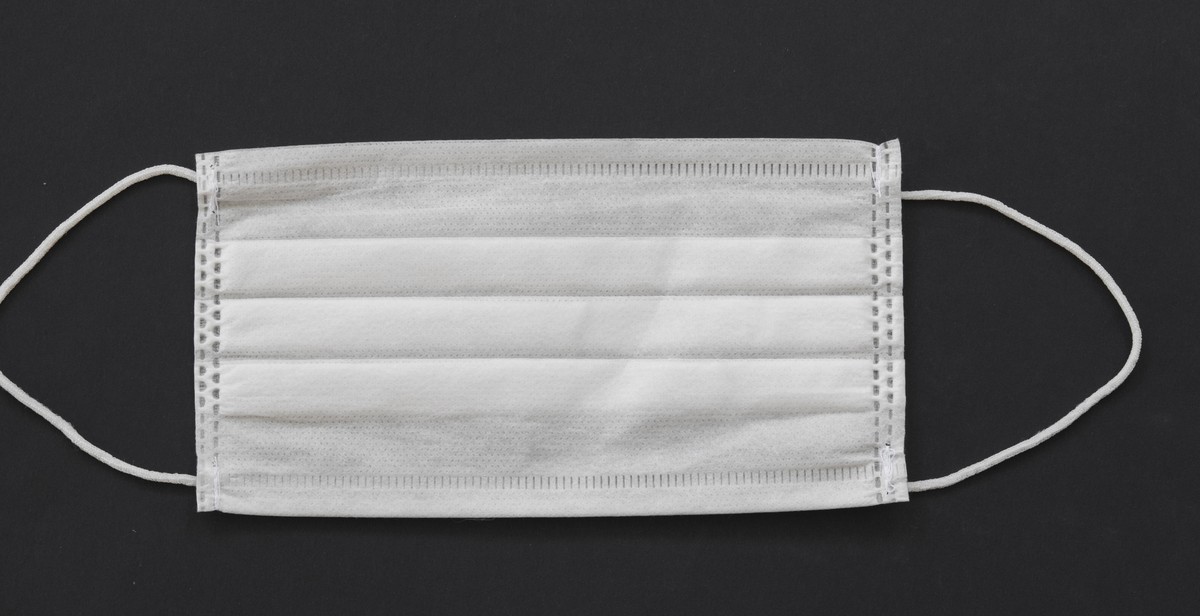
Choosing the Right Respiratory Protection
When it comes to protecting yourself from volcanic ashfall, respiratory protection is a crucial factor to consider. The right respiratory protection can help prevent inhalation of harmful ash particles, which can cause respiratory problems and other health issues.
Understanding Respiratory Protection
Respiratory protection refers to equipment that helps protect the wearer from inhaling harmful substances, such as ash particles. Respiratory protection can range from simple disposable masks to more advanced respirators with filters that can remove even the smallest particles.
Types of Respiratory Protection
There are several types of respiratory protection available, including:
- Disposable masks: These are the most basic form of respiratory protection and are typically made of paper or cloth. They are designed to filter out large particles but are not effective at filtering out smaller particles.
- Half-face respirators: These respirators cover the nose and mouth and have replaceable filters that can remove particles of different sizes. They are more effective than disposable masks but may not provide a tight seal around the face.
- Full-face respirators: These respirators cover the entire face and have replaceable filters that can remove particles of different sizes. They provide a tighter seal around the face than half-face respirators and offer more protection.
Factors to Consider When Choosing Respiratory Protection
When choosing respiratory protection for volcanic ashfall, there are several factors to consider:
| Factor | Description |
|---|---|
| Filter efficiency | The filter should be able to remove particles of the right size. Look for filters that are certified by organizations such as NIOSH or EN. |
| Fit | The respirator should fit tightly around the face to prevent particles from entering. Make sure to choose the right size and adjust the straps as needed. |
| Comfort | The respirator should be comfortable to wear for extended periods of time. Look for respirators with adjustable straps and cushioned nose and mouth pieces. |
| Compatibility | If you wear glasses or have facial hair, choose a respirator that is compatible with your needs. |
By considering these factors and choosing the right type of respiratory protection, you can help protect yourself from the harmful effects of volcanic ashfall.
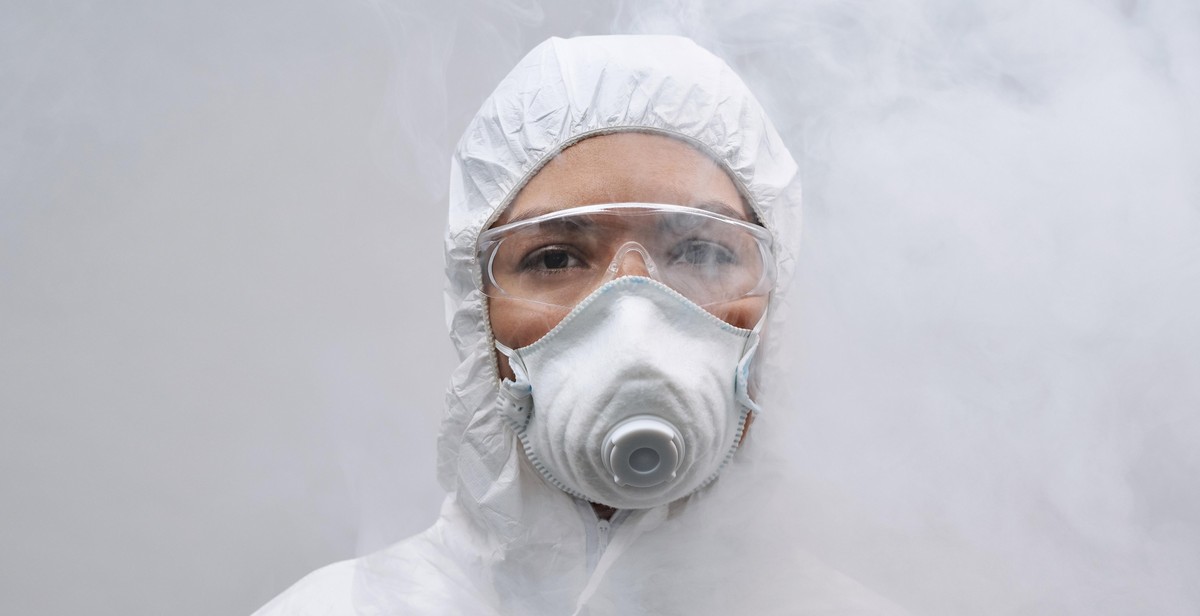
Choosing the Right Clothing
Choosing the right clothing is crucial when it comes to protecting yourself from volcanic ashfall. The type of clothing you wear can make all the difference in the world in terms of your safety and comfort.
Types of Protective Clothing
There are several types of protective clothing that you should consider when preparing for a volcanic eruption:
- Long-sleeved shirts and pants: These can provide a barrier between your skin and the ash. It’s important to choose clothing made from tightly woven fabrics that will not allow ash to penetrate.
- Boots or closed-toe shoes: These will protect your feet from ash and debris. Make sure they are comfortable and have good traction for walking on slippery ash-covered surfaces.
- Gloves: Gloves can protect your hands from the abrasive nature of volcanic ash. Choose gloves made from sturdy materials that will not easily tear or puncture.
- Eye protection: Ash can irritate your eyes and cause damage. Wear safety goggles or glasses to protect your eyes from ash particles.
- Respirator: A respirator can filter out harmful particles in the air that can cause respiratory problems. Choose a respirator that is rated for use with volcanic ash.
Factors to Consider When Choosing Protective Clothing
When choosing protective clothing, there are several factors to consider:
| Factor | Considerations |
|---|---|
| Fit | Clothing should fit snugly to prevent ash from entering. Loose clothing can allow ash to seep in and cause irritation. |
| Breathability | Choose clothing that is breathable and allows for air circulation. This can help prevent overheating and discomfort. |
| Durability | Clothing should be sturdy enough to withstand the abrasive nature of volcanic ash. Look for materials that are tear-resistant and can hold up to repeated use. |
| Comfort | Choose clothing that is comfortable and allows for ease of movement. This can help prevent fatigue and make it easier to move around in ash-covered areas. |
By considering these factors and choosing the right protective clothing, you can help protect yourself from the dangers of volcanic ashfall.
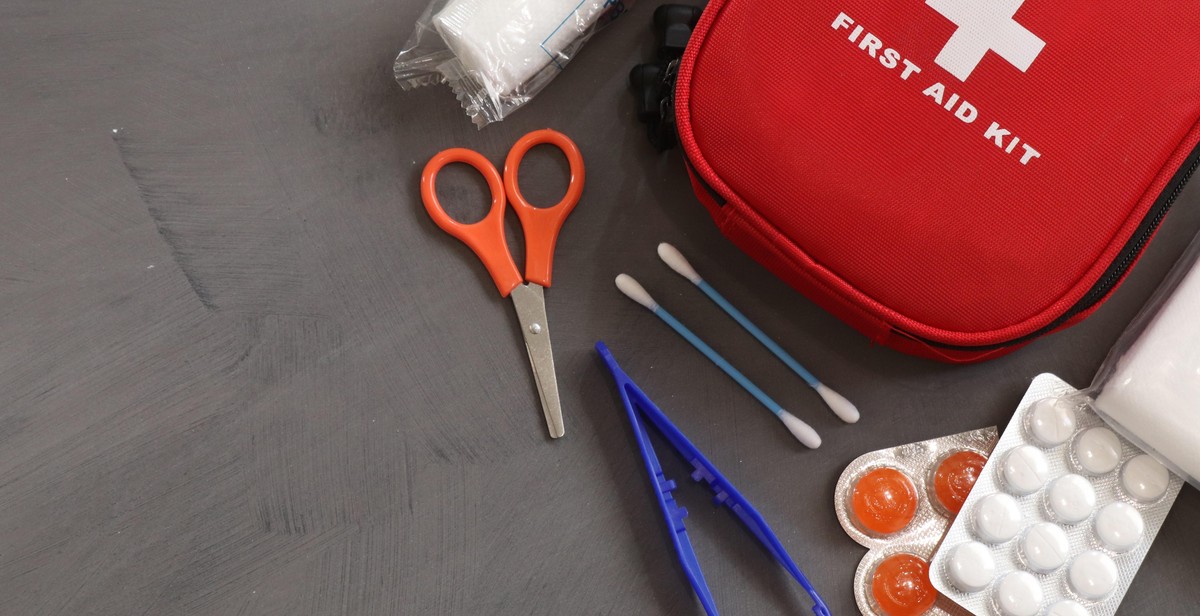
Preparing for Volcanic Ashfall
Volcanic ashfall is a serious and potentially deadly hazard that can occur during a volcanic eruption. Preparing for this eventuality can help you and your family stay safe and minimize the impact on your health and well-being.
Creating a Volcanic Ashfall Emergency Kit
When preparing for a volcanic ashfall, it is important to have an emergency kit that includes the following:
- A sufficient supply of food and water for at least three days
- A first aid kit
- A battery-powered radio and extra batteries
- A flashlight and extra batteries
- Dust masks or respirators to protect against volcanic ash
- Protective eyewear
- Clothing that covers your skin, such as long-sleeved shirts and pants
- A waterproof bag to protect important documents and valuables
Creating a Volcanic Ashfall Plan
Having a plan in place for a volcanic ashfall can help you and your family stay safe and minimize the impact on your health and well-being. Your plan should include the following:
- Identifying safe rooms in your home where you can shelter in place during a volcanic ashfall
- Identifying escape routes from your home and neighborhood in case you need to evacuate
- Establishing a communication plan with your family and loved ones in case you are separated during the event
- Identifying the location of the nearest emergency shelters
Staying Informed
Staying informed about volcanic activity in your area is essential for preparing for a volcanic ashfall. You should:
- Monitor local news and weather reports for updates on volcanic activity
- Sign up for emergency alerts from your local government
- Follow the advice of local authorities in the event of a volcanic eruption
| Note: | Keep in mind that volcanic ashfall can occur even if an eruption does not occur in your immediate area. Ash can travel long distances and affect areas far from the site of the eruption. |
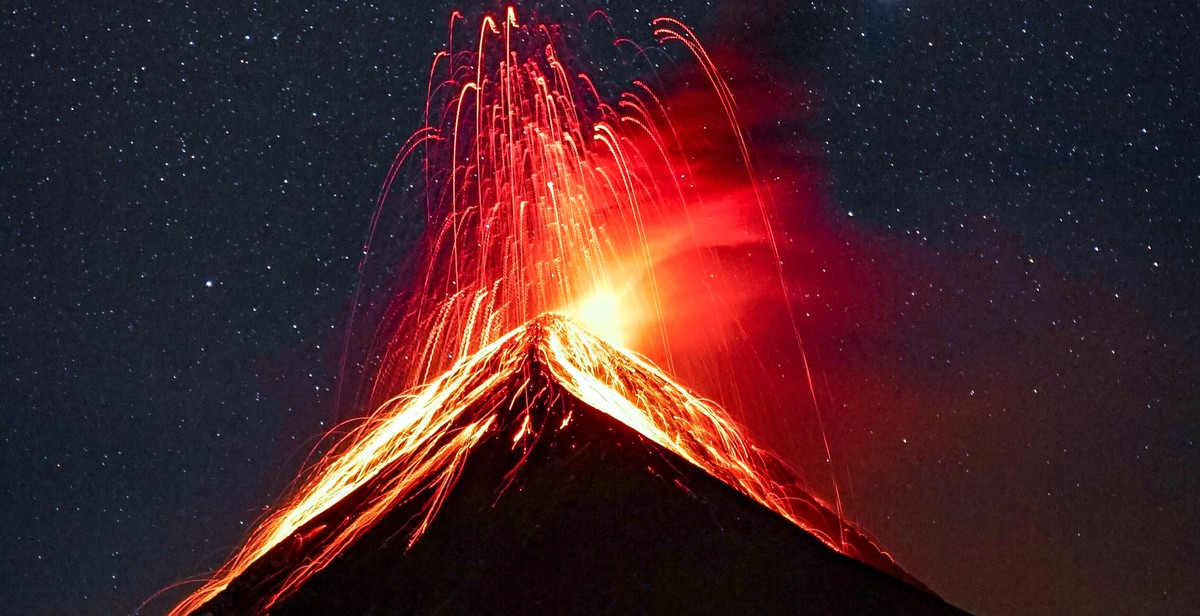
Conclusion
Volcanic eruptions can be devastating, and the ashfall they produce can pose a significant threat to human health. It is crucial to protect yourself from volcanic ashfall by choosing the right respiratory protection and clothing.
When it comes to respiratory protection, a respirator with a high-efficiency particulate air (HEPA) filter is the best option. This type of respirator can filter out particles as small as 0.3 microns, which is the size of most volcanic ash particles.
It is also essential to wear protective clothing that covers the entire body, including the head, hands, and feet. Wearing goggles or safety glasses can protect your eyes from ash particles, which can cause irritation and even blindness.
Remember to choose clothing and respiratory protection that fit properly, and to replace them when they become damaged or contaminated.
By taking the necessary precautions to protect yourself from volcanic ashfall, you can minimize your risk of health problems and stay safe during a volcanic eruption.
- Choose a respirator with a HEPA filter to protect your respiratory system
- Wear protective clothing that covers your entire body
- Replace damaged or contaminated protective gear
| Protective Gear | Benefits |
|---|---|
| Respirator with HEPA filter | Filters out particles as small as 0.3 microns |
| Protective clothing | Covers entire body, including head, hands, and feet |
| Goggles or safety glasses | Protects eyes from ash particles |
